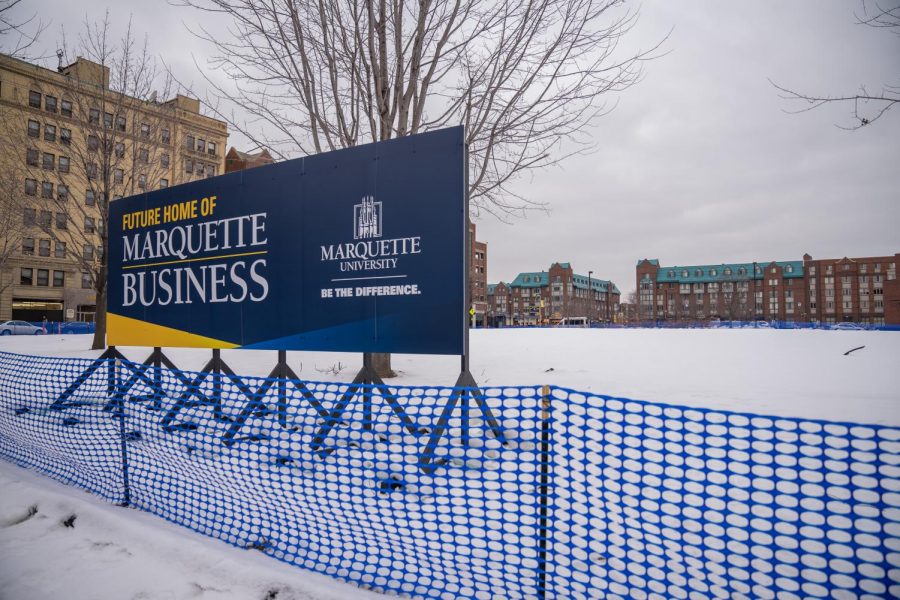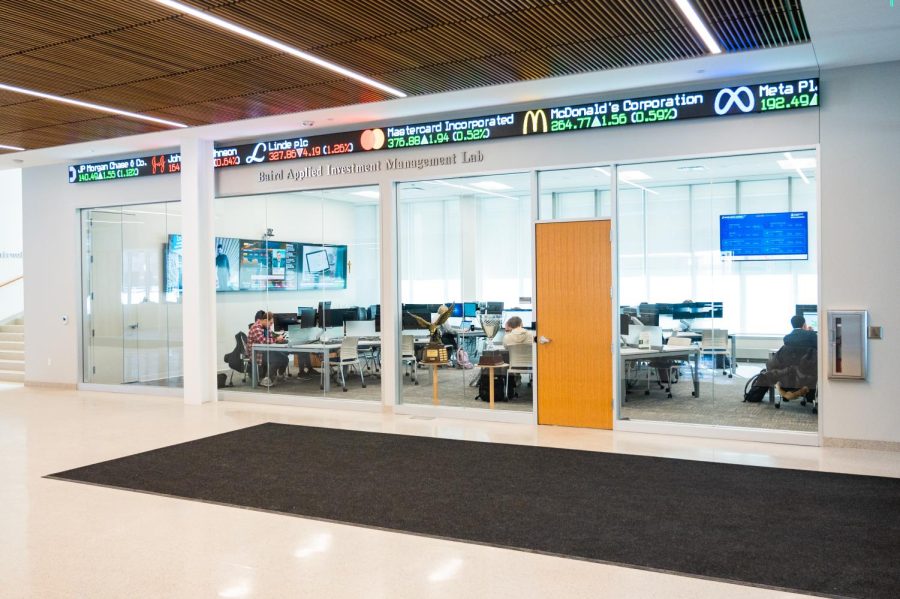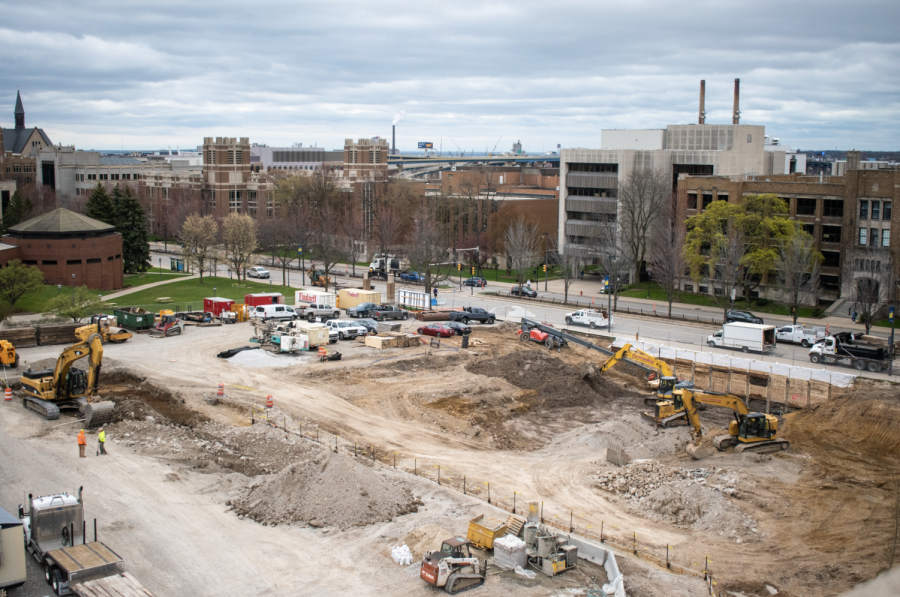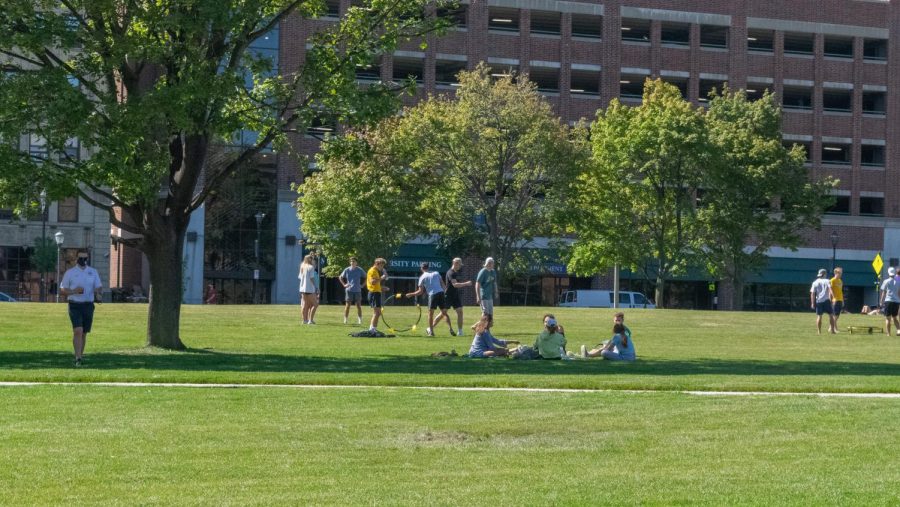One of the major downsides of having an urban campus is the lack of nature and green space. While Milwaukee has over 140 public parks, Marquette’s campus only has one substantial green space — Central Mall — the little patch of grass between Raynor Memorial Library, St. Joan of Arc Chapel, Lalumiere Language Hall and Coughlin Hall.
Due to the absence of large green spaces, the announcement that the former site of McCormick Hall would become a green space was exciting and seemed to push Marquette in the right direction of making more sustainable decisions.
Unfortunately, this prospect was short-lived. University President Michael Lovell announced Jan. 29 that the university would be filling the space with a new $70 million College of Business Administration building, which won’t even begin construction until fall 2021.
Many students, especially non-business majors, are questioning why the university has chosen to construct this new building instead of updating current out-of-date buildings such as Wehr Life Sciences and Emory Clark Hall. Students expressed their frustrations on the university’s Instagram post announcing the building.
Some comments were, “Yet you say you don’t have the funds for the college of education…or Cramer/Schroeder,” “We want a green space and upgrade on all of the broken rundown buildings first” and “But we cant find money to fix lalu, the entire wehr science complex, give the political science department almost any funding, or fund any kind of sustainability or climate action? Solid.”
At a men’s basketball game hosted at the Fiserv Forum against DePaul Feb. 1, a promotional video was played announcing the new building. The video was met with a mix of cheers and boos from the Marquette student section.
I agree with those who booed. I don’t want to have to pay the increasing costs of tuition that may go towards buildings I won’t be able to use or see during my time as a student.
Although $44 million has been donated, the university has not clarified how the rest of the $70 million necessary for the construction of the new building will be paid.
If the area was utilized as a green space instead, it would be a safe place for students due to its location across the street from Marquette University Police Department. Students would have been able to engage in recreational activities, study and relax with friends without being concerned about their safety.
Maintaining the McCormick lot as a green space would have provided students with the opportunity and space to spend more time outside.
According to several studies cited in a Business Insider article, simply being outside more during the day can decrease stress, eliminate fatigue and increase the ability to focus. Being able to reap these benefits from spending time outside is essential to health and well-being, especially for college students who are under a lot of stress.
Although the new College of Business Administration building will allow students to engage and succeed in their academic endeavors, the university should also be utilizing space to benefit the health and well-being of all students.
The university could have also used the space as an area for hosting university programs and events related to first-year orientation, homecoming weekend or Late Night Marquette.
In comparison, the University of Wisconsin-Milwaukee campus includes an 11.1-acre fenced forest called Downer Woods Natural Area that students and the public can enjoy. In addition, the campus is located just a few blocks away from multiple parks such as Kern Park and Pleasant Valley Park along the Milwaukee River. UW-M is also just a short walk to Lake Park on the shore of Lake Michigan.
Since Marquette’s campus is in a heavily urbanized section of Milwaukee, the addition of green space would be beneficial to the university and the surrounding community.
Rather than prioritizing student well-being and improving facilities and programs already established on campus, the university is too focused on constructing new buildings rather than improving the things we already have.
In order to address the needs of students, the university must re-evaluate its future projects and investments.












